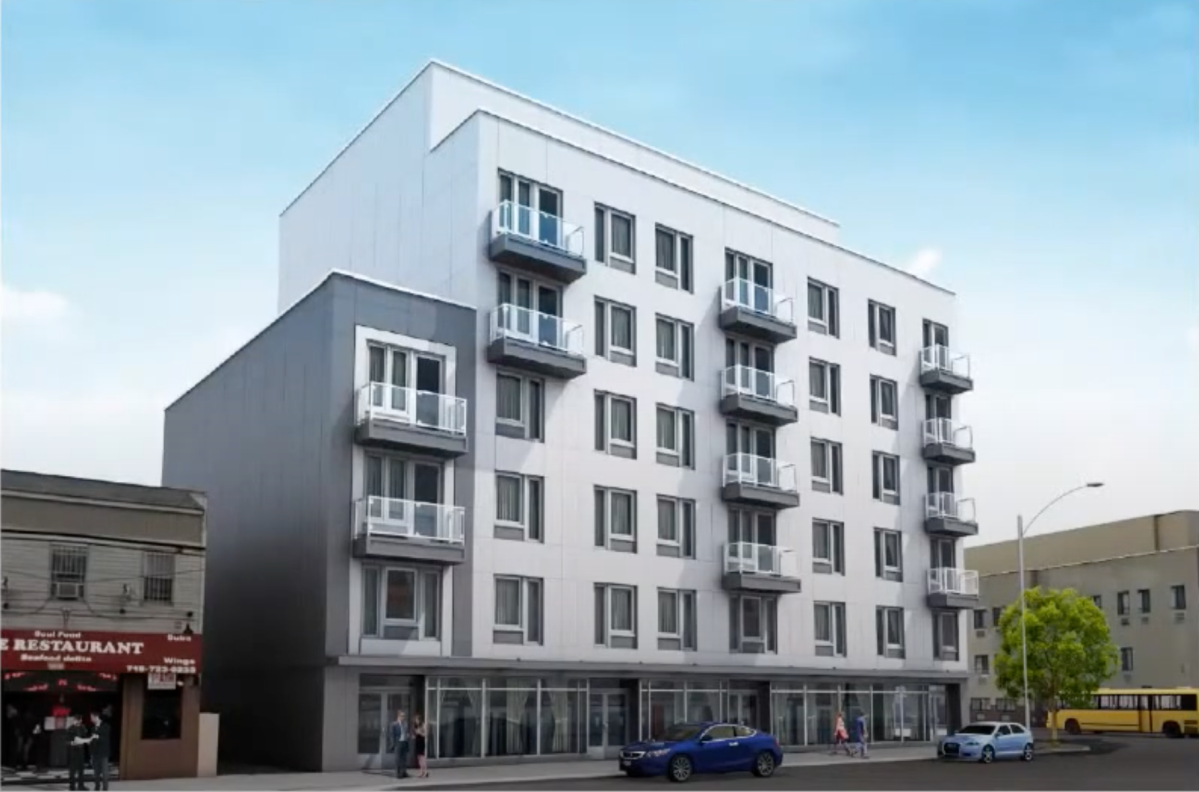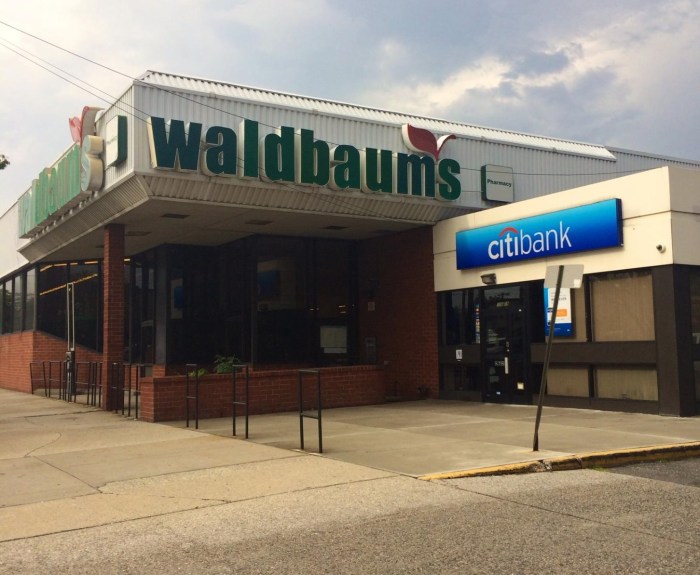A developer’s request to construct an eight-story, mixed-use residential building in Springfield Gardens is being met with opposition from members of Community Board 13, who say that the building doesn’t “fit in” with the community.
A ULURP application submitted on behalf of Ranbir LLC to rezone a vacant lot, located at 146-93 Guy R. Brewer Blvd., as a Mandatory Inclusionary Housing (MIH) area was presented during the Queens Borough President’s Land Use hearing on Thursday, Dec. 23.
The applicant is seeking to rezone the property (the main project site) and the adjacent four lots from an R3-2 zoning district to an R6A/C2-2 zoning district that is primarily residential with commercial uses on the street level. The project was introduced several years ago to revitalize the area.
The development would include 42 housing units with seven studios, 28 one-bedroom, five two-bedroom, and two three-bedroom apartments with 11 affordable units at 60% AMI, while 10% of the units will be at 40% AMI allowing for deeper affordability, according to Richard Lobel, of Sheldon Lobel PC., who is representing the applicant.
“We want to offer units to people who live in the area and are experiencing housing pressure. It’s locally oriented and is not just a commercial space but a residential development to attract people in the area,” Lobel said.
There are challenges to developing the site that was previously used as a gas station and is currently used for parking, according to Lobel. The lot, which is listed as a brownfield site and may be contaminated, would require remediation that would cost nearly $800 million.
After discussions with CB 13 about the project, according to Lobel, the developer presented another option with a seven-story building instead, and reduced the density of the site creating 36 units with three studios, 24 one-bedroom, six two-bedroom and three three-bedroom apartments, and nine MIH units.
During their Dec. 20 general board meeting, Community Board 13 voted against the project with 32-0 votes and no abstentions, said board member Michael Mallia, who testified at the virtual hearing.
“While they understand the need for affordable housing, they just think the need for this project is just too out of context with the local neighborhood,” Mallia said. “We are afraid that this is going to set the precedent for other R6 rezonings in the neighborhood. We had six letters from the local civic and homeowners that are against it.”
According to Mallia, density is a major concern, traffic at the corner boulevard, and plans for attended parking at the building.
Barbara Brown, who testified on behalf of the Eastern Queens Alliance and the Springfield/Rosedale Community Action Association, said the area is stressed in terms of parking.
“A lot of the buildings have more cars and finding parking in the area is hard. Traffic at the corner is terrible and there are trucks sitting on the sidewalk and out on the streets, including cars and buses that run back and forth during the course of the day,” Brown said.
According to Brown, they’re also concerned about the fact that the height of the building is out of conformity with the rest of the neighborhood that consists of one- and two-family homes.
“It would be taller than the warehouses in the neighborhood and shade the homeless shelter across the street and the homes east of it,” Brown said. “People are living in that area because they want to live in a low-density area. They like the look and feel of the area and to introduce towers is a bad precedent to set.”
Bill Perkins, a resident of Rosedale, echoed Brown’s statement on the height of the building and concerns about residents relocating elsewhere.
“We do not want that vacant lot to exist here. That’s a conversation that we want to have regarding what goes there and being strategic about it,” Perkins said. “The conversation about what goes there is really important. We want to work with the team on ideas that are beneficial, quick and effective.”
Next month, the Southeastern Queens Zoning Preservation Task Force is planning to organize a demonstration to rally against the proposed development. According to the group, the project will lead to the destruction of the neighborhood’s quality of life, and ultimately decrease the value of their homes.

































